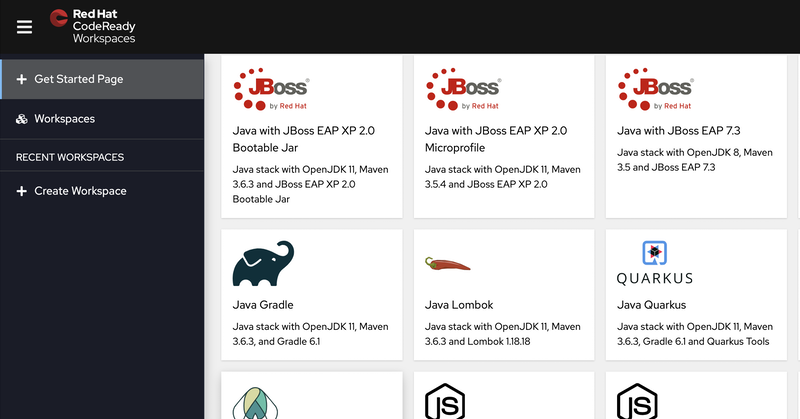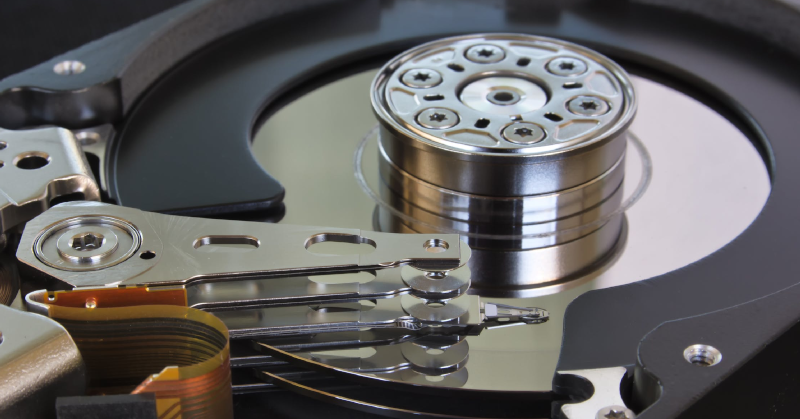As Kubernetes gets more and more adopted, the need for tools to manage diverse and widespread installations grows. Red Hat’s answer to that challenge is Red Hat Advanced Cluster Management for Kubernetes (RHACM). Its range of features is divided into four main areas, which can also easily be seen in its UI (Note: The Screenshots […]









